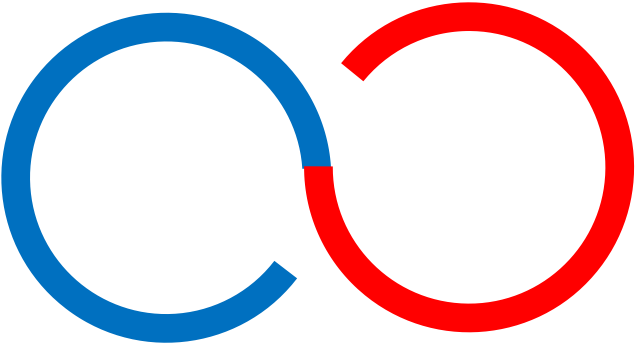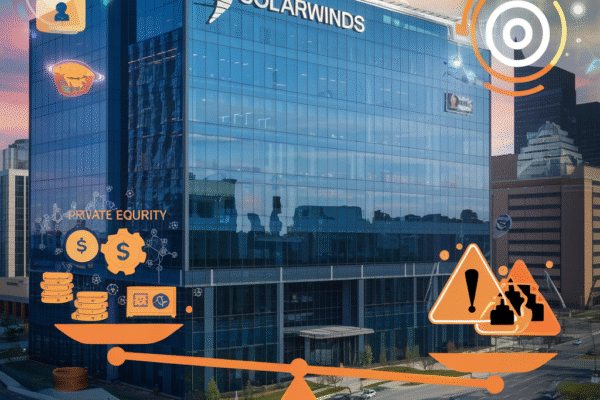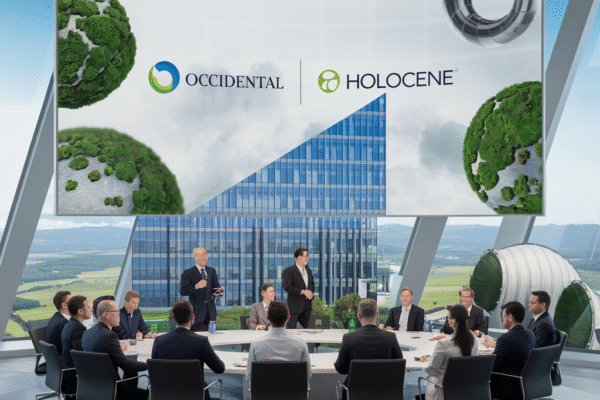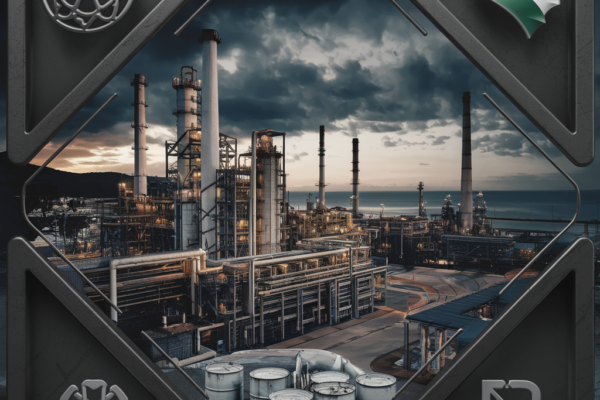Turkish billionaire Robert Yuksel Yildirim has initiated an aggressive $2 billion mergers and acquisitions campaign through his newly formed CoreX Holding, targeting nickel assets across three continents to disrupt China’s stranglehold on critical battery metal supplies[4][7][8]. The strategic pivot comes as Western nations accelerate efforts to secure alternative mineral supply chains, with Yildirim positioning his industrial conglomerate as a bridge between developing world resources and developed market manufacturing needs. This move follows his divestment of legacy shipping and chrome operations earlier this year, freeing capital for what analysts describe as “the most ambitious private-sector challenge to China’s mineral hegemony this decade”[7][12].
Strategic Rationale Behind the Nickel Play
Market Timing and Price Dynamics
Yildirim’s expansion coincides with nickel prices hovering near seven-year lows at $16,500/metric ton, driven by oversupply from Chinese-backed Indonesian mines producing nickel pig iron (NPI)[4][7]. CoreX’s strategy focuses on acquiring high-grade nickel laterite deposits and shuttered mines that become economical above $18,000/ton – a threshold Yildirim expects Western battery manufacturers will soon guarantee through long-term contracts[7][8]. This contrarian approach mirrors his successful 2008 acquisition of distressed ferrochrome assets during the global financial crisis, which later generated 300% returns during the 2010s commodity boom[12].
Geopolitical Positioning
The Turkish industrialist is capitalizing on NATO member Turkey’s unique trade position, leveraging its EU Customs Union status to bypass the bloc’s 17.4% anti-subsidy tariffs on Chinese EVs while maintaining access to Middle Eastern and African markets[1][2]. CoreX’s first acquisition – a 51% stake in Ivory Coast’s Compagnie Minière Du Bafing – provides immediate EU tariff-free export capability through Turkey’s preferential trade agreements[4][7]. This triangular trade strategy enables CoreX to process African ore in Turkish facilities before shipping battery-grade nickel sulfate to European gigafactories.
CoreX Holding’s Operational Footprint
Existing Asset Base
CoreX launches with transferred assets from Yildirim Group’s Balkan operations, including the North Macedonia Feni ferro-nickel plant (18,000 tpy capacity) and Kosovo’s Glogovac smelter complex[4][7]. These facilities are undergoing $240 million in upgrades to produce Class 1 nickel (>99.8% purity) required for lithium-ion cathodes, replacing their traditional stainless steel feedstock[7][8]. The company’s Swedish ferroalloy subsidiary is simultaneously retrofitting two electric arc furnaces to process nickel matte from planned South American acquisitions.
Pipeline Projects
Active negotiations include six mining assets across Colombia’s Cerromatoso laterite belt, Guatemala’s Fenix project, and the Zambian Copperbelt’s nickel-cobalt deposits[4][7]. A particularly strategic target is the dormant Araguaia mine in Brazil’s Pará state, which contains 72 million tons of 1.52% nickel resources – sufficient to supply 2 million EVs annually[7][8]. CoreX is structuring these deals as royalty financing arrangements with 15% carried interest for host governments, a model pioneered by Yildirim in Kazakh chromium ventures[11][12].
The Anglo-American Setback and Chinese Competition
CoreX’s ambitions suffered a significant setback in Q1 2025 when China Minmetals’ subsidiary MMG outbid them for Anglo American’s Brazilian nickel operations[4][7][8]. Despite offering $900 million with UBS-backed financing – 22% above MMG’s $735 million winning bid – Yildirim attributes the loss to “geopolitical considerations overriding commercial logic”[7]. The acquisition would have given CoreX immediate access to Anglo’s Barro Alto mine (41,000 tpy) and the fully permitted Jacaré project, potentially accelerating their production timeline by 18 months.
“China has grabbed this very important asset from the West to take to China, and Anglo is the company letting this happen,” Yildirim stated in a recent interview, highlighting growing tensions between Western miners and Asian strategic buyers[7].
Funding the Expansion
Capital Structure
The $2 billion war chest comprises $500 million from Yildirim’s personal fortune, $800 million in asset-backed loans from European banks, and $700 million from a consortium of Gulf sovereign wealth funds[4][7][8]. Notably absent are U.S. institutional investors, reflecting lingering concerns about Turkey’s economic stability despite its 2024 inflation rate dropping to 38% from 85% in 2023[1][2]. CoreX is structuring deals using convertible mezzanine debt with 12% coupons, a tool Yildirim successfully employed during his 2017 acquisition of CMA CGM’s container terminals[10][12].
Logistics Integration
True to his shipping roots, Yildirim has ordered four 210,000 DWT newbuild ore carriers from South Korea’s Hyundai Heavy Industries, featuring dual-fuel LNG engines for Europe’s impending Emissions Trading Scheme compliance[7][10]. These vessels will form a dedicated fleet transporting nickel ore from CoreX’s African and South American mines to upgraded processing hubs in Turkey’s Izmir Free Trade Zone, where the company benefits from 15-year corporate tax exemptions[2][7].
Western Alignment and Market Outlook
CoreX’s expansion aligns with the EU Critical Raw Materials Act’s mandate to source 40% of strategic minerals domestically or from “like-minded partners” by 2030[7][8]. The company is negotiating offtake agreements with Northvolt’s Swedish gigafactories and Stellantis’ ACC joint venture, offering 5-year fixed pricing at 10% below current LME rates[4][7]. Analysts at Wood Mackenzie estimate these contracts could capture 12% of Europe’s projected 2028 nickel demand if CoreX achieves its 250,000 tpy production target.
Yildirim remains bullish despite market skepticism, drawing parallels to his 2012 bet on zinc during the last mining downturn: “When we acquired the Çayeli mine for $350 million, analysts called it reckless. Five years later, we sold it to Trafigura for $1.9 billion. Nickel today presents that same asymmetric opportunity”[12]. With LME warehouses holding just 38 days of global nickel consumption – the lowest since 2009 – CoreX’s timing may prove prescient as the EV revolution enters its next growth phase.
Sources
https://www.kbc.co.ke/china-tesla-rival-byd-signs-1bn-turkey-plant-deal/, https://www.deik.org.tr/uploads/turkey_brief_son_2008.pdf, https://www.wieringernieuws.nl/index.php?pagina=Column&optie=Detail, https://www.u-lead.com.tw/news/%E5%9C%9F%E8%80%B3%E5%85%B6%E9%95%8D%E5%85%AC%E7%89%9B%E8%AE%A1%E5%88%92-2b%E5%B9%B6%E8%B4%AD%E7%AB%9E%E4%BA%89%E4%B8%AD%E5%9B%BD/, https://www.zawya.com/en/business/m-a/olam-to-focus-on-food-ingredients-business-sell-the-rest-dzxpp4dc, https://www.legal500.com/c/turkey/commercial-corporate-and-ma/?edition=united-states%2F2019-edition%2Flawyers%2F607863-seth-lundy%2F, https://www.mining.com/web/turkish-nickel-bull-plans-2b-ma-spree-to-rival-china/, https://www.mining.com/web/turkish-nickel-bull-plans-2b-ma-spree-to-rival-china/yuksel-yildirim/, https://m.miningweekly.com/page/europe-home, https://www.freightwaves.com/news/report-yildirim-to-sell-24-stake-in-cma-cgm, https://www.yildirimgroup.com/yildirim-group-establishes-the-world-s-1st-zero-waste-soda-ash-production-factory-in-kazakhstan, https://engineering.oregonstate.edu/all-stories/shopkeepers-son-global-businessman-and-financial-engineer





